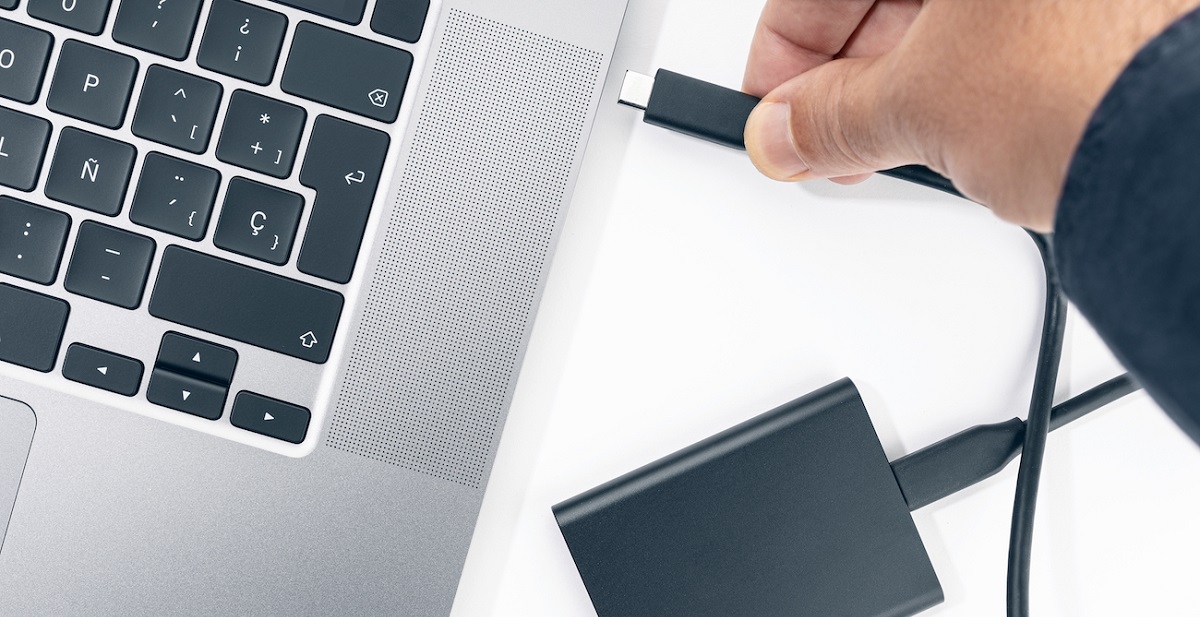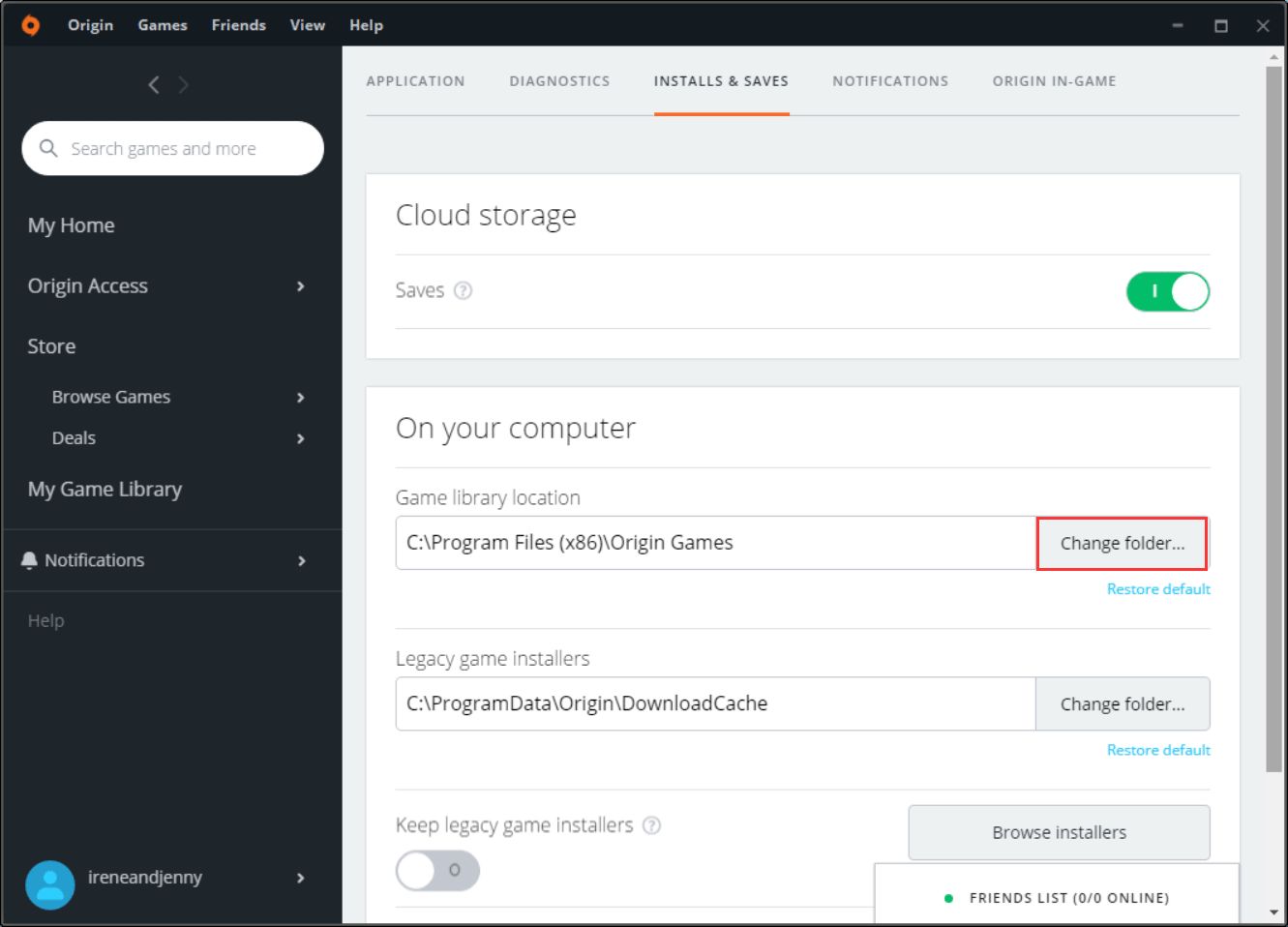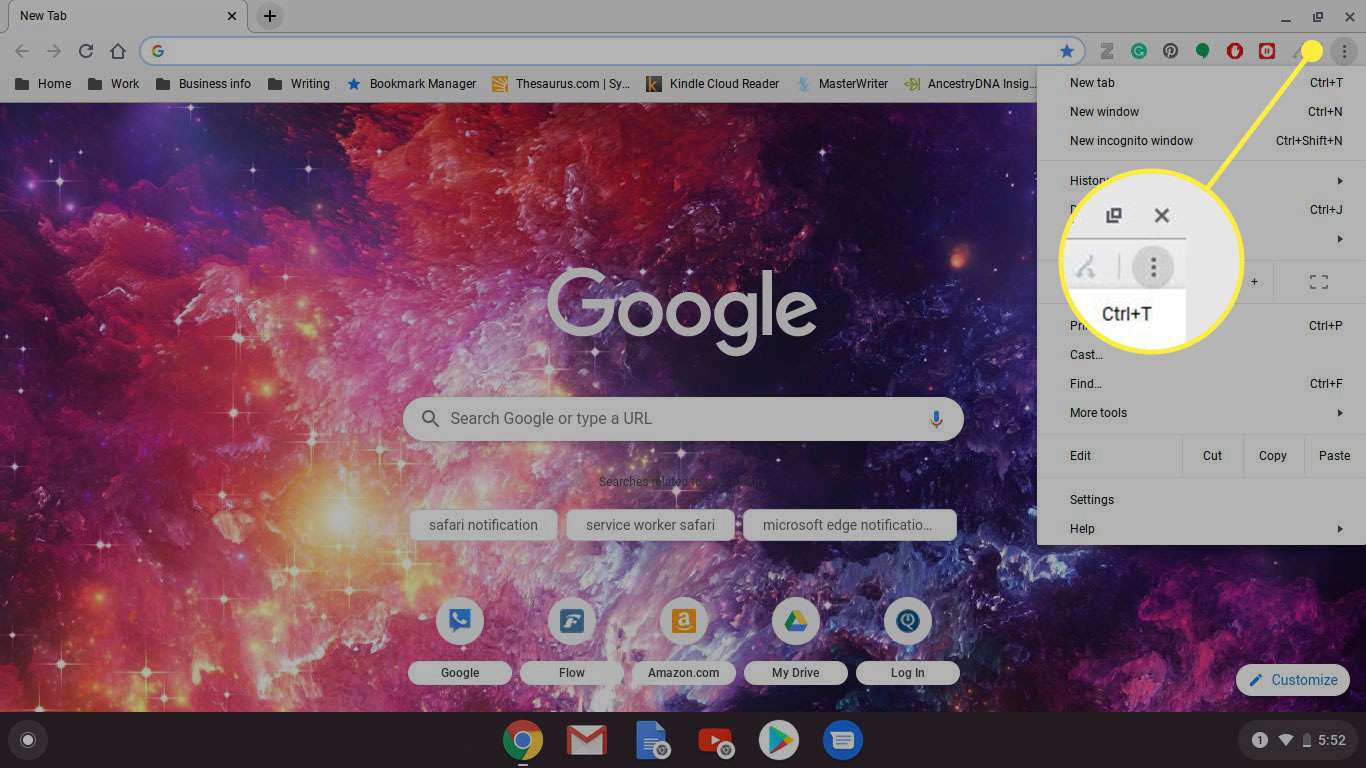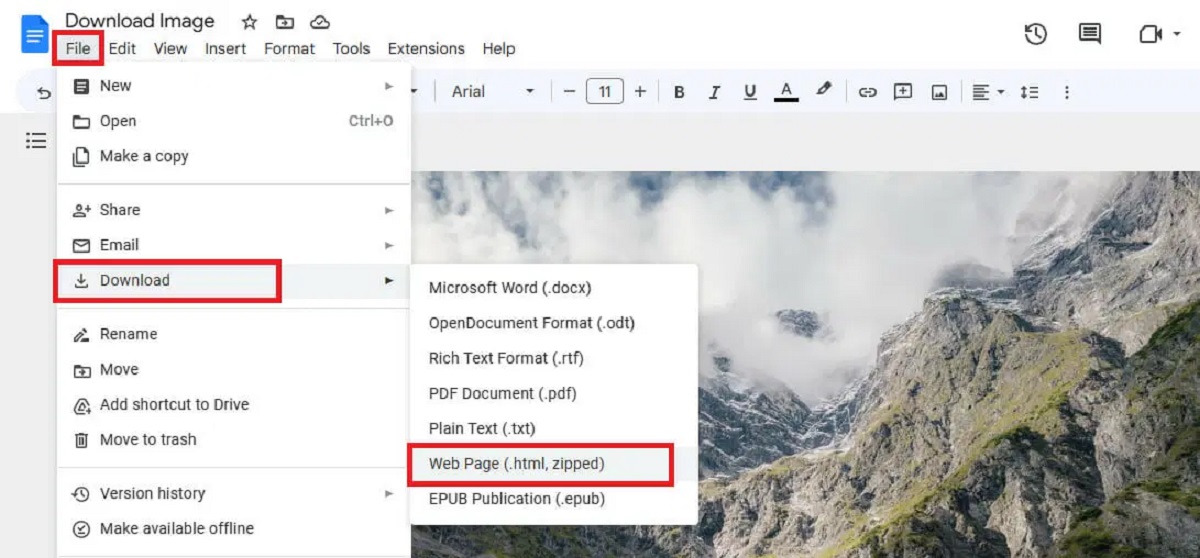Introduction
Welcome to our guide on how to download files to a different drive! Whether you’re running out of space on your primary drive or simply prefer to keep your files organized across different drives, this article will provide you with step-by-step instructions for downloading files to a different drive on Windows, Mac, and Linux operating systems.
Downloading files is a common task in our digital age, and it’s essential to have control over where those files are saved. By default, most operating systems save downloaded files to the main drive, which can quickly fill up and lead to storage issues.
Fortunately, you can easily change the destination drive for your downloaded files. This allows you to utilize the available space on secondary drives and helps keep your main drive clutter-free. In this guide, we will walk you through the process of selecting the appropriate drive and then provide instructions for downloading files to a different drive on Windows, Mac, and Linux.
Please note that the steps provided in this guide may vary slightly depending on the version of your operating system and the web browser you are using. However, the overall process remains similar across platforms.
Now, let’s dive into the details and learn how you can download files to a different drive on your preferred operating system!
Choosing the Appropriate Drive
Before we delve into the steps of downloading files to a different drive, it’s crucial to select the appropriate drive for your downloads. Here are a few factors to consider:
- Available Space: Check the available space on the different drives of your computer. You’ll want to choose a drive with sufficient space to accommodate the files you plan to download. Avoid selecting a nearly full drive to prevent running out of space.
- Drive Speed: If you’re downloading large files or frequently accessing the drive, consider using a solid-state drive (SSD) rather than a traditional hard disk drive (HDD). SSDs provide faster read and write speeds, resulting in quicker downloads and improved overall performance.
- Organizational Structure: If you have a specific organizational structure in mind or prefer to keep certain types of files on separate drives, choose the drive that aligns with your desired file organization. This can help you easily locate and manage your downloaded files.
- Backup Options: Take into account your backup strategy. If your downloads contain important files that need regular backups, ensure that the selected drive is included in your backup routine. This will help protect your files from data loss.
By considering these aspects, you can select the most suitable drive for your downloads and optimize your system’s storage utilization. Once you’ve chosen the appropriate drive, you’re ready to proceed with the downloading process on your specific operating system.
Downloading to a Different Drive on Windows
If you’re using a Windows operating system, follow these steps to download files to a different drive:
- Open your preferred web browser and navigate to the website from which you want to download a file.
- Click on the download link or button for the desired file. A dialog box will appear, asking you to save the file.
- In the dialog box, click on the Browse or Choose option to specify the location where you want to save the file.
- Navigate to the drive you want to download the file to. You can select a specific folder within the drive if desired.
- Once you’ve selected the appropriate drive and folder, click on the Save or OK button to start the download.
- The file will now start downloading to the selected drive. You can monitor the progress through your browser’s download manager or the download notification in your taskbar.
After the download is complete, you can access the file from the specified location on the chosen drive. By default, your web browser may continue to save subsequent downloads to the same location. To repeat this process for future downloads, ensure you select the desired drive and folder during the save dialog.
Keep in mind that the steps mentioned here may vary slightly depending on your browser version and settings. However, the general concept of selecting the drive and folder within the save dialog remains consistent across browsers.
Now that you’ve learned how to download files to a different drive on Windows, let’s move on to the next section to explore the process on a Mac operating system.
Downloading to a Different Drive on Mac
If you’re using a Mac operating system, follow these steps to download files to a different drive:
- Launch your preferred web browser and go to the website where the file you want to download is located.
- Click on the download link for the desired file. This will trigger a window to appear, prompting you to choose a location to save the file.
- In the save dialog window, navigate to the left-hand sidebar and select the drive where you want to save the file. You can also select a specific folder within the drive if desired.
- Once you’ve chosen the appropriate drive and folder, click on the Save button to initiate the download.
- Depending on your browser, a downloads window or notification will appear, allowing you to monitor the progress of the download.
When the download is complete, you can access the file from the specified location on the selected drive. For future downloads, your browser may default to saving files to the same location. Ensure that you select the desired drive and folder within the save dialog for each download.
It’s worth noting that the process described above is generally applicable to most web browsers on Mac. However, some browsers may have slight variations in their user interface or options. In such cases, refer to the browser’s documentation or support resources for specific instructions.
Now that you know how to download files to a different drive on a Mac, let’s move on to the final section, which covers downloading on Linux systems.
Downloading to a Different Drive on Linux
If you’re using a Linux operating system, follow these steps to download files to a different drive:
- Open your preferred web browser and navigate to the website where the file you want to download is located.
- Click on the download link for the desired file. A dialog box or pop-up will appear, asking you to choose a location to save the file.
- In the save dialog box, click on the Browse or Select option to specify the location where you want to save the file.
- Navigate to the drive you want to download the file to. You can also select a specific folder within the drive to save the file.
- Once you’ve selected the appropriate drive and folder, click on the Save or OK button to initiate the download.
- The file will commence downloading to the selected drive. You can track the progress through your browser’s download manager or notifications.
After the download is complete, you can find the file in the specified location on the chosen drive. Keep in mind that different Linux distributions and web browsers may have variations in the download process. However, the core concept of selecting the drive and folder within the save dialog remains consistent.
If you want future downloads to be saved to the same drive and folder, ensure that you select the desired location during the save dialog for each download.
Now that you’ve learned how to download files to a different drive on Linux, you’re well-equipped to manage your downloads efficiently on this operating system.
Conclusion
With the information provided in this guide, you now have the knowledge to download files to a different drive on Windows, Mac, and Linux operating systems. By selecting the appropriate drive for your downloads, you can effectively manage your storage space and keep your files organized.
Remember to consider factors such as available space, drive speed, organizational structure, and backup options when choosing the drive to store your downloaded files. This will help you optimize your storage usage and ensure easy access to your files.
Whether you’re using Windows, Mac, or Linux, the process of downloading files to a different drive follows a similar pattern. Simply choose the desired drive and folder during the save dialog or download prompt to redirect the file to the appropriate location.
By utilizing this knowledge, you can keep your primary drive clutter-free and maintain a well-organized file system. This can improve your overall system performance, enhance your productivity, and make file management a breeze.
We hope this guide has been helpful in assisting you with downloading files to a different drive. The ability to control the location of your downloaded files is a valuable skill that can greatly benefit your computing experience.
Happy downloading!

























